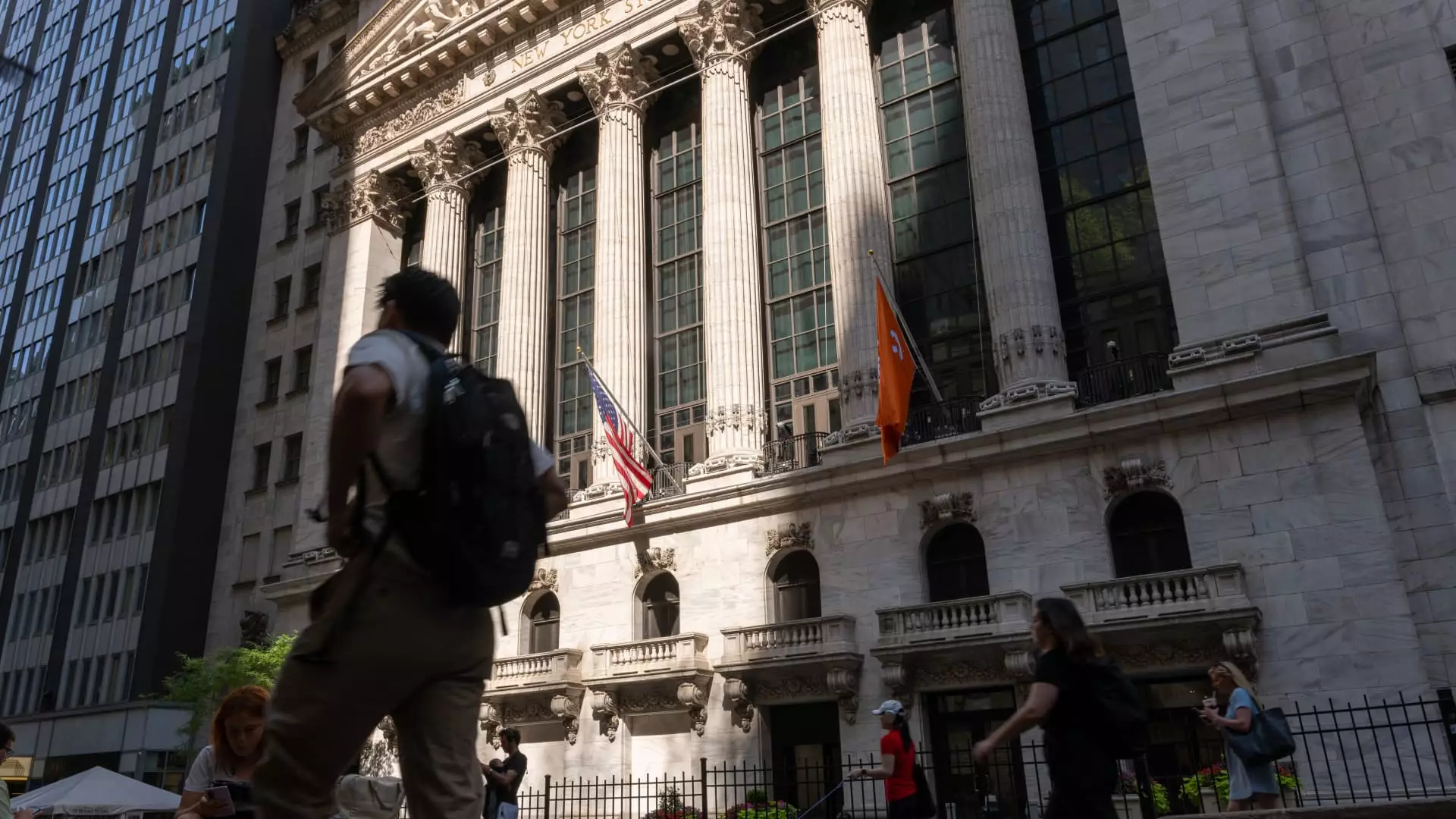The buzz of intense business activity surrounding mergers and acquisitions (M&A) in the United States has experienced severe fluctuations over the past months, primarily due to the drastic tariff policies introduced under the Trump administration. Initially, optimism for a robust year in M&A was palpable. Dealmaking was rebounding after a relatively subdued 2023, with market players expecting a substantial resurgence. However, the once-lively marketplace found itself confronted with an unexpected chill following tariff announcements, resulting in market turbulence. What this scenario underscores is not merely the impact of governmental regulations on corporate behavior but a broader commentary on the importance of predictability in economic policy.
Industry analysts had cited a favorable business climate bolstered by pro-business initiatives and a perceived easing of inflation concerns. Such conditions typically foster a more vibrant M&A landscape, enabling companies to explore potential synergies and growth opportunities. The subsequent wave of uncertainty, however, acted as an ice bath—a sudden freeze on momentum, halting many planned transactions that seemed nearly certain just weeks prior. The volatility in the market reminds us that M&A decisions are rarely made in isolation; they are heavily influenced by external factors, particularly governmental policies.
Recovery and the Return of Confidence
After President Trump took steps to suspend his more stringent tariff plans, the market began to rebound. Dealmaking activities surged back to life, signaling an eagerness among businesses to re-engage in the acquisition conversation. Analysts like Kevin Ketcham from Mergermarket noted that this newfound clarity around trade could pave the way for resumptions in merger discussions, giving firms the assurance needed to explore acquisitions once again. The initial spike in deals, reported at over $227 billion for March, is indicative of a market that remains fundamentally resilient despite the hurdles that it has faced.
However, not all foundations are stable; the rising costs of borrowing and increased bond yields still threaten the sustainability of this recovery. The complexity of these economic dynamics presents a dichotomy: while some companies may take bold steps towards larger acquisitions, others might retreat into special situations M&A—transactions that involve motivated sellers and can be structured flexibly to meet financing challenges. This bifurcation of thought reflects a deeper strategic shift in how companies position themselves in a fluctuating landscape.
The Futurescape of Deal-Making
Looking ahead, one can’t help but be intrigued by the potential shifts in the types of deals that will dominate the market in the coming months. The anticipation of a more cautious yet tactfully aggressive approach to M&A suggests that smaller deals may come to the forefront. Not only do these transactions typically incur less regulatory scrutiny, but they can also be easier to finance, particularly in an environment where interest rates pose significant barriers. Firms are learning to adapt, looking for deals that make sense amid shifting economic currents.
Major deals recently made headlines, spanning various sectors, from telecommunications to consumer goods. The acquisition of companies like Calpine by Constellation Energy and the substantial $32 billion Google agreement heralds a willingness among larger corporations to capitalize on perceived market recovery. However, the meat-and-potatoes of deal-making may lie in less headline-grabbing, but equally strategic acquisitions. Companies like Kraft Heinz are signaling a proactive effort to shed slower-growing brands while seeking out more appealing opportunities within core segments.
This behavior fits into a larger narrative: organizations are recognizing that the rules of engagement have shifted. In a playing field marked by uncertainty, being reactive is not sufficient. Firms must proactively seek not just transactions but ideal transactions that align with their long-term goals. The market is shifting towards a model influenced by agility and strategy, rather than mere size. The agility to pivot and reassess what constitutes valuable expansion will be crucial for firms hoping to thrive going forward.
Ultimately, the M&A landscape is a riveting theatre of commerce where external policies, market fluctuations, and corporate ambition intermingle. While turbulence and uncertainty loom large, a nuanced understanding of strategy and an eagerness to adapt can illuminate pathways to growth and resilience. As the market awakens once more, the contributions of thoughtful deal-makers will be essential to navigating the challenges ahead. As we watch this drama unfold, it becomes clear that the emerging strategies at play will redefine not just corporate enterprises but the very fabric of business in a rapidly changing world.


Leave a Reply